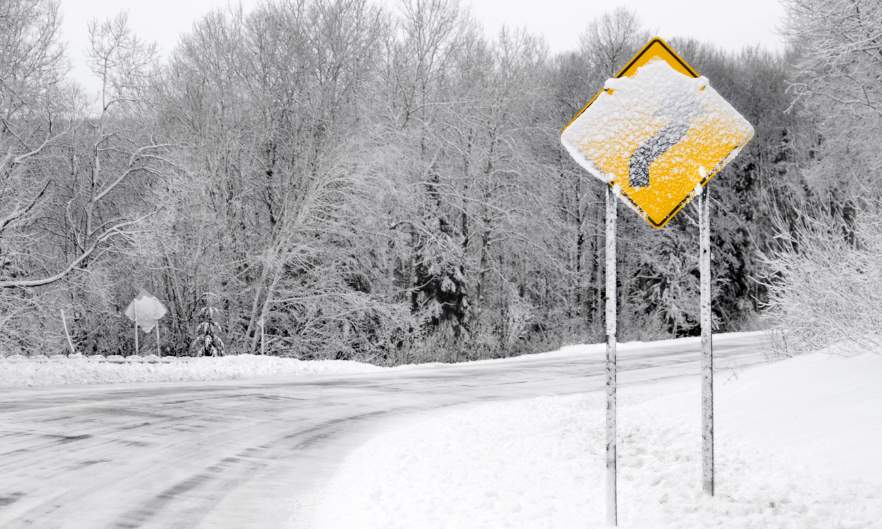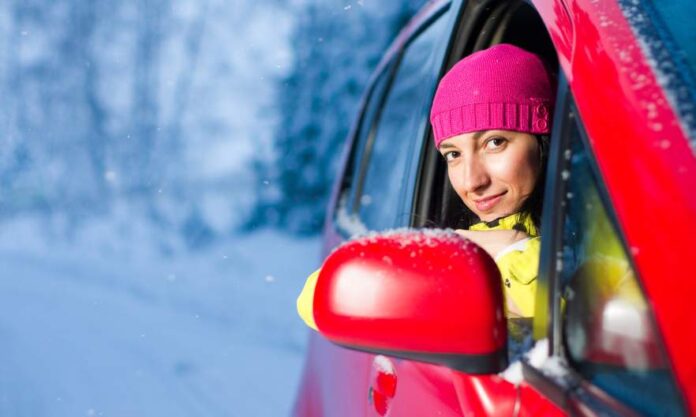Together, we will be discussing 5 tips for safe winter driving in Germany. From checking your vehicle before hitting the road to being aware of the weather forecast to adjust your driving style, these tips will help you stay safe on the roads during the winter season. So, whether you’re a seasoned driver or new to winter driving, these tips will help you stay safe on the roads.
Tips for Safe Winter Driving in Germany
Winter driving can be challenging, especially in Germany, where snow and ice can make the roads slippery and dangerous. However, with the right preparation and knowledge, you can safely navigate the winter roads.
Check Your Vehicle Before Hitting the Road
Checking your vehicle before hitting the road is essential in ensuring safe winter driving. It is important to ensure that your vehicle is in good condition and has all the necessary equipment to handle the winter weather. Below are some subheadings to consider when checking your vehicle:
- Check tire tread depth and pressure: Tires with insufficient tread depth can be dangerous in winter as they will need to provide more traction on snow and ice. Ensure your tires are properly inflated, and the tread depth is adequate.
- Keep fluid levels topped up: It is vital to check and top up all fluids in your vehicle, especially windshield wiper fluid, as visibility can be greatly reduced during winter weather.
- In addition to the above, it is necessary to have winter-specific equipment such as snow chains and winter tires. These can provide better traction and stability on snow and ice and can help to prevent accidents.
Be Aware of the Weather Forecast
Knowing the weather forecast is one of Germany’s most important tips for safe winter driving. Knowing what to expect regarding weather conditions can help you plan your journey and adjust your driving style accordingly. Below are some subheadings to consider when staying informed about the weather forecast:
- Check the forecast before you set off: Before you set off on your journey, check the weather forecast and plan your route accordingly. Be aware of any weather warnings and avoid areas that are expected to be hit by severe weather.
- Monitor the forecast during your journey: It is also important to keep an eye on the weather forecast during your journey. This way, you can adjust your driving style as needed and take appropriate action if the weather worsens.
- Know where to check for the forecast: There are various ways to check the weather forecast, such as radio, internet, and smartphone apps. It’s a good idea to have a few different sources of information so you can stay informed no matter where you are.
Adjust Your Driving Style
Adjusting your driving style is crucial for safe winter driving. Snow and ice can make the roads slippery and unpredictable, so it’s crucial to slow down and maintain a safe following distance. Below are some subheadings to consider when adjusting your driving style:
- Slow down: Winter conditions require slower speeds to maintain a safe following distance. This will give you more time to react to unexpected situations and avoid accidents.
- Brake and steer safely: In winter conditions, it can be more difficult to brake and steer safely. Knowing how to brake and steer safely on snow and ice is necessary, using a threshold braking technique.
- Avoid sudden movements: Sudden movements such as sudden braking or accelerating can cause you to lose control of the vehicle. In winter conditions, it’s essential to avoid sudden movements and make smooth, gradual changes in speed and direction.
By following these tips, you can adjust your driving style to ensure safe winter driving.

Pack an Emergency Kit
Packing an emergency kit is an important tip for safe winter driving in Germany. Having the right equipment on hand can make a big difference in the event of an emergency situation. Below are some subheadings to consider when packing an emergency kit:
- Basic first aid supplies: Pack a basic first aid kit that includes bandages, gauze, adhesive tape, and pain relievers. This will be useful in the event of minor injuries.
- Flashlight and extra batteries: A flashlight and extra batteries will come in handy if your car breaks down or if you need to change a tire in the dark.
- Blankets and warm clothing: Pack extra blankets and warm clothing in case you get stranded in your car during cold weather.
- Food and water: Pack non-perishable food items such as granola bars and water bottles. This will come in handy in case you get stranded in your car for an extended period of time.
By keeping an emergency kit in your car, you’ll be prepared for any situation that might arise while you’re on the road.
Know the Road Signs and Traffic Rules
Knowing the road signs and traffic rules is essential for safe winter driving. In Germany, specific road signs and traffic rules apply during the winter months. Below are some subheadings to consider when familiarizing yourself with these signs and rules:
- Winter speed limits: Be aware of the winter speed limits, which are generally lower than the standard speed limits to account for the increased risk of accidents on snow-covered roads.
- Snow chains and winter tires: Know when and where it is mandatory to have snow chains and winter tires on your vehicle. This information is often indicated on road signs and in traffic reports.
- Priority roads: Be aware of priority roads, which are typically main roads and highways that are cleared of snow first. Avoid secondary roads and residential streets that may not have been cleared as quickly.
- Prohibition of studded tires: Know when studded tires are prohibited and when they are mandatory. This information is often indicated on road signs and in traffic reports.
By familiarizing yourself with these road signs and traffic rules, you’ll be better prepared to safely navigate the winter roads in Germany.
Also read: Preparing Your Car for a Road Trip
Final Thoughts
Safe winter driving in Germany requires proper preparation and the right mindset. By following these tips for safe winter driving, you’ll be better prepared to navigate the winter roads safely.
- Review your vehicle: Before hitting the road, check your vehicle for any issues that might affect your driving.
- Stay informed about the weather forecast: Monitor the weather forecast and plan your route accordingly.
- Adjust your driving style: Slow down, brake, steer safely, and avoid sudden movements.
- Pack an emergency kit: Have the right equipment on hand in case of an emergency.
- Know the road signs and traffic rules: Familiarize yourself with the road signs and traffic rules specific to winter months in Germany.
By keeping these tips in mind, you’ll be able to drive safely and confidently during the winter months in Germany. Remember always to stay alert, take your time and drive defensively.






